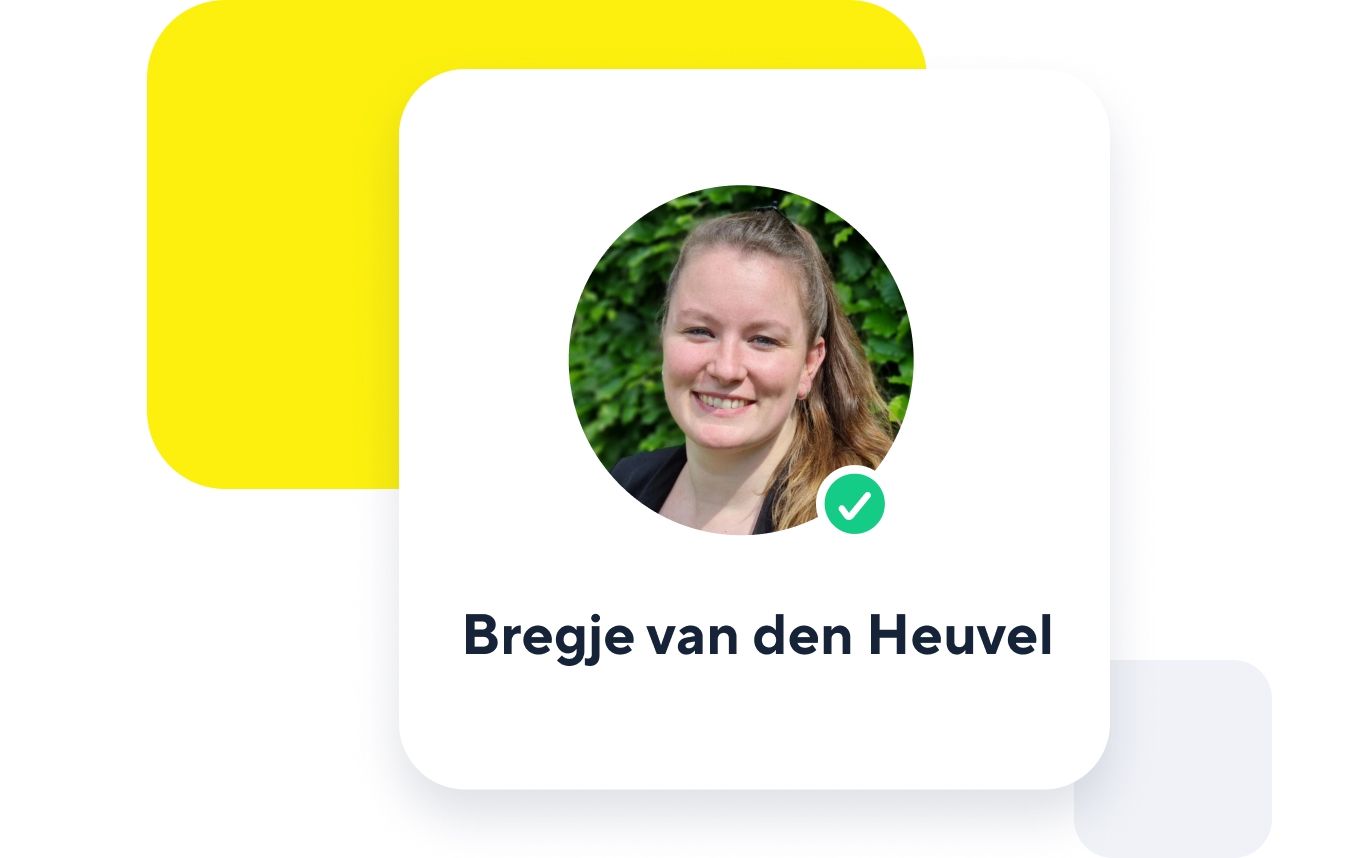case study
Streamlined and Integrated Care at Rivas
‘Many colleagues were already using Siilo. The logical question was: how can we use the app even more efficiently?’
Rivas Zorggroep is a large regional partner (Gorinchem region) that provides integrated care at the Beatrix Hospital, as well as home nursing, rehabilitation, and residential care. Continuous coordination between care partners is critical to handling patients safely and efficiently; therefore, Rivas is always look for innovative support.

A case is easily created
Bregje van den Heuvel, Project Lead
‘The initiative to further streamline the patient care coordination came from the work group communication, in which both general practitioners and specialists participate,’ says project leader Bregje van den Heuvel. ‘And the nice thing was, once we started talking about it, we realised that many colleagues were already using Siilo. The question very quickly went from “what can we do?” to “how can we use Siilo even more efficiently?’
Easy contact
‘Telephone calls are effective, provided that you get to talk to each other at the right time, but Siilo helps you find each other faster. Asking questions is quick, and I can easily create a case for my colleague to respond to later when it’s convenient. The fact that Siilo is completely safe for the exchange of medical data was a decisive factor for Rivas.’
‘We started an experiment,’ Bregje explains. ‘We wanted to know if Siilo could be used to get the right care at the right place, since that’s where there was most to be gained for GPs and specialists. Currently, 38 general practices and 11 specialties are participating and we’ve covered some 500 cases. With Rivas overal, we send about 650,000 messages via Siilo per month. These are project-surpassing numbers, but you could say that we’ve been successful in increasing regular communication and coordination via messenger.’
Rules of Engagement
‘An important factor for the trial’s success has been the fact that we set some usage guidelines. We agreed that the app would not be used for urgent cases. For those we still use the phone,’ says Bregje van den Heuvel. ‘After 19:00 and on weekends, we don’t share cases. Everyone needs rest and no urgency is no urgency. Another rule is that we respond within two days, although responses usually come in same day.’

Sparring / Efficiency
Sacha Smits, General Practitioner
Participating GP Sacha Smits is enthusiastic about the trial. ‘Using Siilo is really helpful,’ she says. ‘Normally, if I have to call a specialist, the process is long and frustrating: first I call the assistant, then wait until I get through; then, I forward everything to their office, only to be told I’ll get a call back later.’
Practitioners experience these kinds of communication hiccups and stalls throughout healthcare, and they are only increasing as aging patients require ever more complex care. The pressure can be debilitating, and a lack of efficient, direct communication can make a huge difference in staff well-being, as well as patient care. ‘With Siilo,’ Smits explains, ‘I can just send a message to a specialist, and they respond when they have time. I also respond when I have time. It makes working with specialists much easier.
‘The fact that I now always have access to multiple specialists also helps me confidently justify a referral,’ continues Smits. ‘In my experience, patients also appreciate that there is a consultation with a specialist. They feel like they’re being taken seriously. When specialists get involved, Siilo makes it easy to stay in contact. This really helps in the coordination and continuity of care.
‘An added bonus is that I learn a lot from reading about other cases posted by colleagues in our Siilo network. I sometimes use Siilo to confirm something I’m uncertain about, but it’s also to exchange ideas with my colleagues. By using Siilo regularly, I gain more and more knowledge.’
Featured case
GP Sacha Smits sees a young patient who is pregnant. An ultrasound reveals that she has a thrombosis in a varicose vein in the knee. The question arose whether treating the thrombosis, for example with heparin injections, was worth the risk. Sacha contacted an internist by phone, but he could not give a definitive answer. Through Siilo, she easily referred the question to a dermatologist, who stated that treatment was not necessary at this stage. This conclusion prevented the use of an invasive treatment with blood thinning medication. Another advantage of the consultation with specialists was that a referral was not necessary. GP Sacha Smits treated the patient from her practice.

Organisation Network
Lisa de Waal, Business Developer Siilo
Lisa de Waal has been involved in the experiment from the Siilo side. ‘Together with project manager Bregje van den Heuvel, we made a list of wishes and goals,’ she says. ‘One of Rivas’ priorities was to have its own organisational network. We built this network to ensure that everyone within the Rivas network could find each other directly. From there, Rivas care professionals can create their own groups for multidisciplinary projects.
‘Introducing a new tool naturally takes time, but with a clear communication and adaptation strategy that emphasises the value and usage of Siilo, integration at Rivas went very smoothly. Bregje played an important role in this process as the project leader and point of contact for questions. She also approached colleagues and partners personally about participating. The more care workers using Siilo Messenger, the greater the shared benefit for the organisation.’
Better patient care
‘Due to active promotion and the demonstrable advantages of an active network, not only has the number of users almost doubled since the start of the experiment, but we’ve also seen a corresponding growth in interactions. The number of messages exchanged per month is astonishing. For Siilo, this is a powerful example of how the right tool can make an impact on efficient communication in care organisations, and we’re ready to see how we can further improve patient care together with Rivas Zorggroep.’